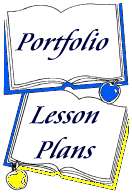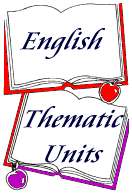|

| |

Auxiliary
Verbs
Auxiliary verbs either
signal that a main verb is coming or serve as a substitute for the verb phrase.
|
Auxiliary
Verb Forms |
|
Modal
Auxiliaries |
Have |
Be |
Do |
|
can
could
will
would
shall
should
may
might
must |
have
has
had
having |
am
is
are
was
were
been
being |
do
does
did
done
doing |
| Rules: |
- Modal
auxiliaries
always precede the main verb, as well as any other auxiliaries that
are present.
- Modal
auxiliaries
cannot be made negative.
- Have
always occurs before the past participle (-en) form of another verb to
express the perfect (completed) aspect of the verb. When have
is in the present tense, it creates the present-perfect form of the
verb.
NOTE: Have can also function as a true verb, having different
meanings (i.e., Kelly has the book.).
- Be
is
used to express the progressive (ongoing) aspect of the verb or the
past-progressive form when be is in the past tense.
NOTE: Be can also function as a true verb, having different
meanings (i.e., The gas station is open.).
- Do
is in a number of grammatical processes. Use do when you create
certain kinds of questions.
- Do
is also used to form negatives and emphatic statements.
|
| Tests: |
None
at this time. |
Teacher
Territory is designed to assist the high school Language Arts teacher in ideas
and resources for teaching students using a variety of methods. From traditional
methods to integrating technology into the classroom, Teacher Territory can
help. This site currently contains lesson plans, WebQuests, thematic units,
graphic organizers, and more. More things will be added as developed.


| |




|
![]()





